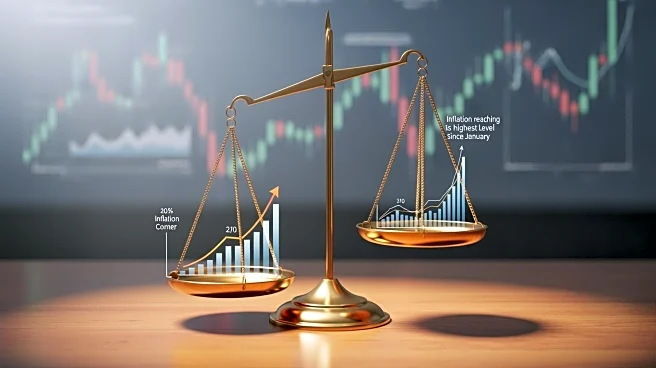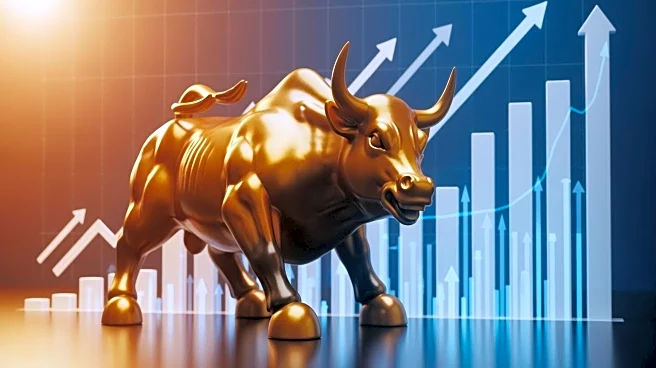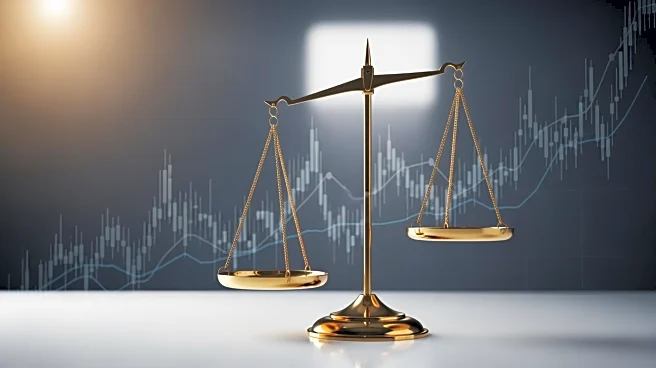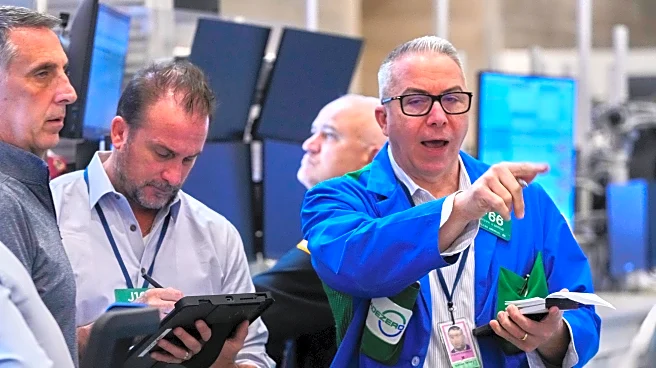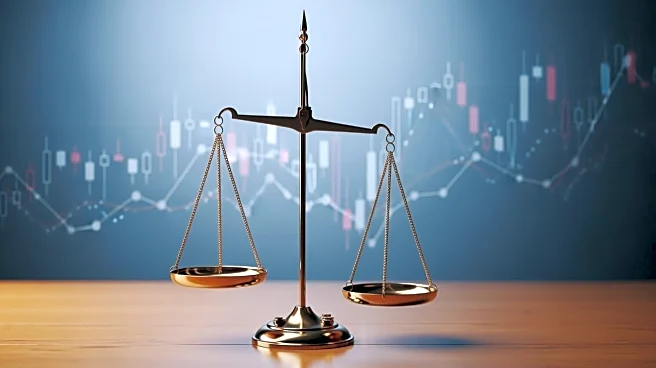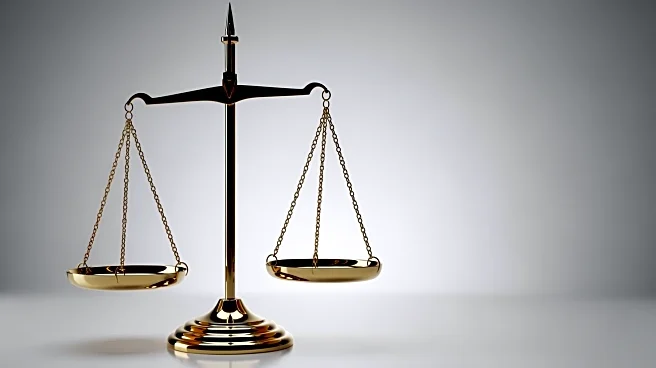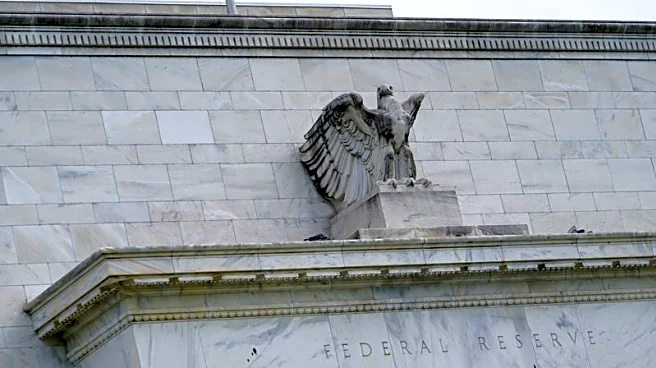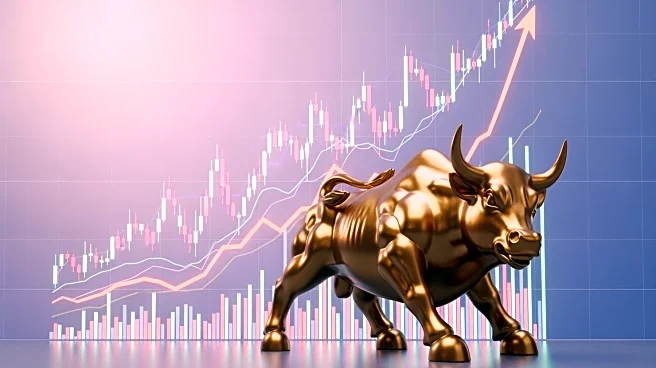What's Happening?
Consumer prices in the U.S. rose by 3% in September compared to the previous year, marking the highest inflation rate since January. This increase, reported by government data, was slightly below economists'
expectations. The rise in inflation has been attributed to a combination of factors, including tariffs imposed by President Trump and significant increases in the prices of beef and coffee. The Federal Reserve is in a challenging position as it considers whether to raise interest rates to combat inflation or lower them to stimulate the economy amid a hiring slowdown. Last month, the Fed cut its benchmark interest rate by a quarter of a percentage point to support the labor market.
Why It's Important?
The current economic situation presents a complex challenge for the Federal Reserve. Raising interest rates could help control inflation but risks pushing the economy into a downturn. Conversely, lowering rates might stimulate economic activity but could exacerbate inflation. The decision by the Fed will have significant implications for the U.S. economy, affecting consumer spending, business investment, and overall economic growth. The ongoing tariffs and their impact on prices add another layer of complexity to the Fed's decision-making process.
What's Next?
The Federal Reserve is expected to make another quarter-point rate cut in its upcoming meeting, as indicated by market sentiment tools. However, the elevated inflation reading could lead to a reassessment of this decision. The Fed's actions will be closely watched by businesses, policymakers, and consumers, as they will influence economic conditions in the coming months. Additionally, President Trump's recent threat of imposing 100% tariffs on all China-made goods could further impact inflation and economic dynamics.
